United States of America Notes
United States of America Note Guides
United States of America Laws
World Notes
World Note Guides
Recommended Resources for United States of America Notes
- Bureau of Engraving and Printing, US Treasury Department
The mission of the Bureau of Engraving and Printing (BEP) is to design and manufacture high quality security documents that deter counterfeiting and meet customer requirements for quality, quantity and performance. As its primary function, the BEP prints billions of dollars - referred to as Federal Reserve Notes - each year for delivery to the Federal Reserve System. The Federal Reserve operates as the nation's central bank and serves to ensure that adequate amounts of currency and coin are in circulation. The BEP does not produce coins - all U.S. coinage is minted by the United States Mint.
- Paper Money Guide - United States Currency Collector Resource
A wealth of information and links for the US currency collector
- USPaperMoney.Info
Home of almost everything you'll ever want to know about US paper money!
- USsmallnotes.info
Jamie Yakes' information about early United States small-size paper money. These were the first phase of small-size notes, printed in 12-subject sheets from 1928 to 1953, and include the 1928, 1929, 1933, 1934, and 1950 series United States notes, silver certificates, gold certificates, Federal Reserve notes, Federal Reserve bank notes, and national bank notes, in denominations from $1 to $100,000.
- My Currency Collection References
Lookups for Star, Web, and National Banknotes, and Star Note information and production tables.
Recommended Resources for World Notes
Recommended Sellers of United States of America Notes
Recommended World Note Sellers
- ATSnotes.com
Anna and Tom Sluszkiewicz have about 25,000 different notes!
- Banknotes.com™
Andrius Tomonis has one of the largest Web sites for World banknote collectors — View the gallery, or shop in the Web store.
- Noteshobby.com
Noteshobby.com, located in Bangkok, Thailand, has about 10,000 notes for sale!
- yuri111
Yuri has several thousand world banknotes for sale
Grading Services
- CGA - Currency Grading & Authentication
Currency Grading and Authentication (CGA), the country's first paper money grading service, was formed in 1998 in response to a high demand from collectors and dealers for an impartial third party grading service.
- PCGS Currency
PCGS Currency is the market leader in third-party grading and authentication, grading more than 250,000 notes since founded in 2005.
- PMG - Paper Money Guaranty
Paper Money Guaranty (PMG) is the most comprehensive third-party paper money grading and encapsulation service. PMG combines accurate, impartial and knowledgeable paper currency grading professionals with proven processes and standards for the care and evaluation of your notes.
Paper Money Collecting Supplies
Paper Money Collections
Paper Money Forums and Discussion Groups
|
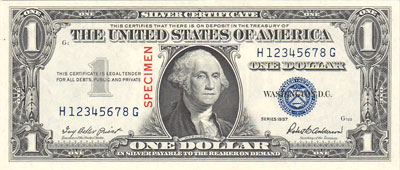
Series 1957 $1.00 Silver Certificate SPECIMEN Note
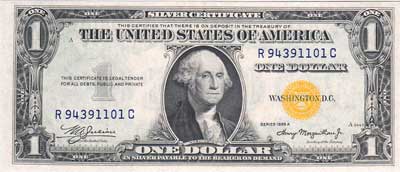
Series 1935A $1.00 North Africa Silver Certificate
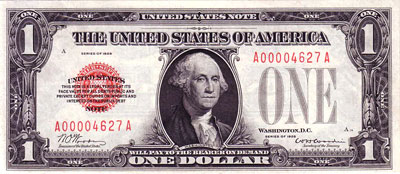
Series 1928 $1.00 Legal Tender Note
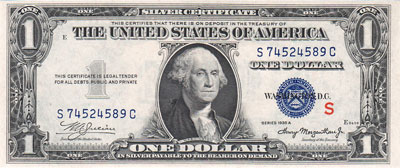
Series 1935A $1.00 "S" Experimental Silver Certificate
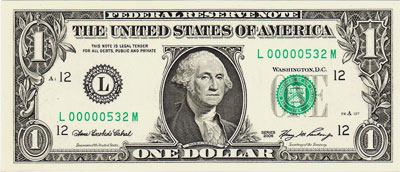
Series 2006 $1.00 Federal Reserve Note
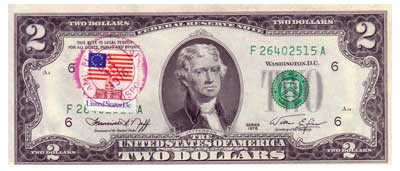
Series 1976 $2.00 Federal Reserve Note, 13 April 1976 - First Day of Issue
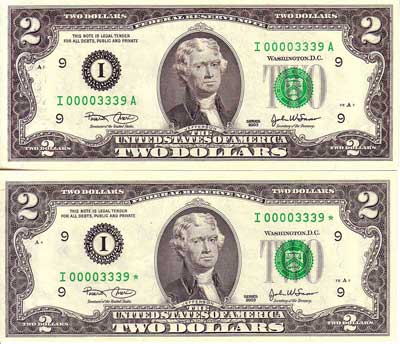
Series 2003 $2.00 Federal Reserve Note, Evolution Series
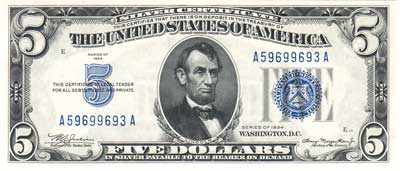
Series 1934 $5.00 Silver Certificate
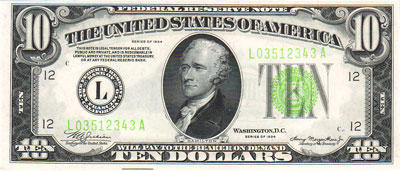
Series 1934 $10.00 Federal Reserve Note Light Green Seal
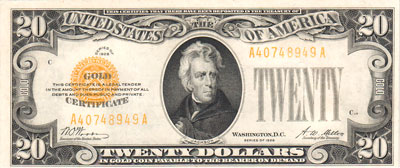
Series 1928 $20.00 Gold Certificate
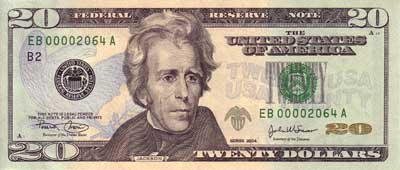
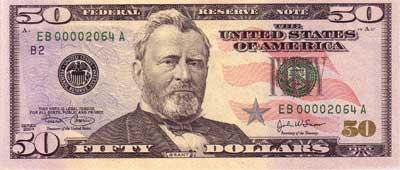
Series 2004 $20.00 and $50.00 Federal Reserve Note, New York Evolution Series Matching Set
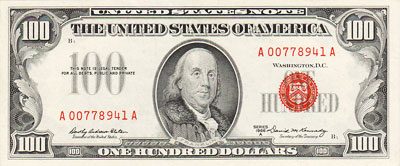
Series 1966A $100.00 Legal Tender Note
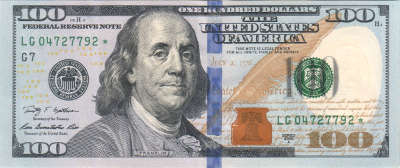
Series 2009A $100 Federal Reserve Note
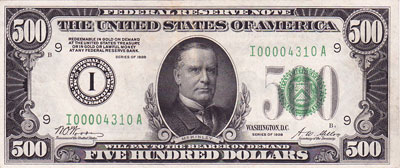
Series 1928 $500.00 Federal Reserve Note
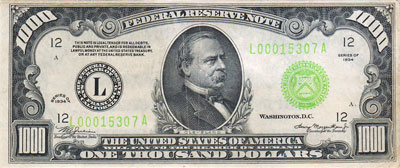
Series 1934 $1,000.00 Federal Reserve Note Light Green Seal
|

